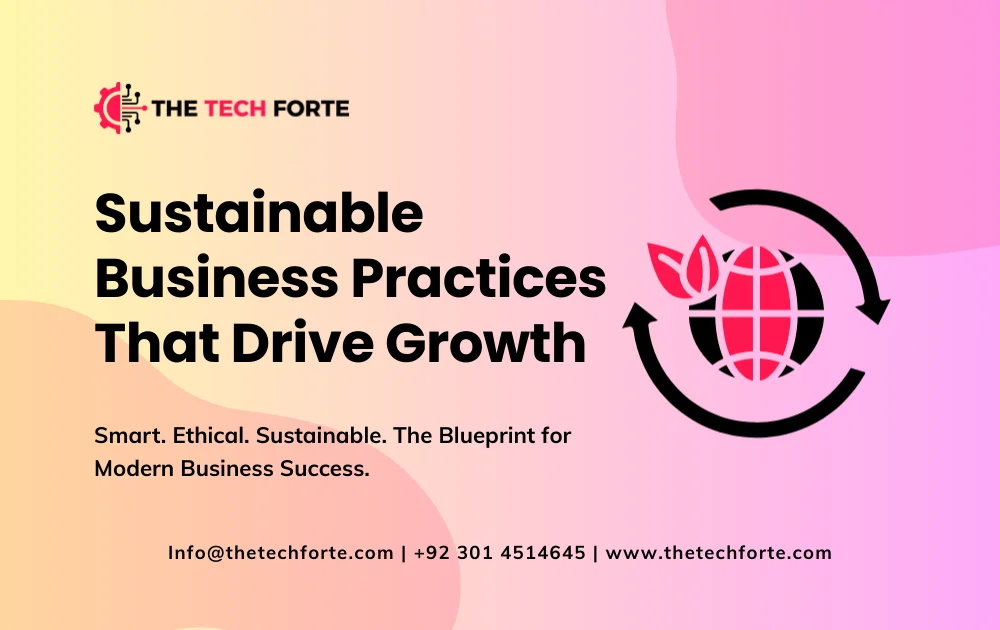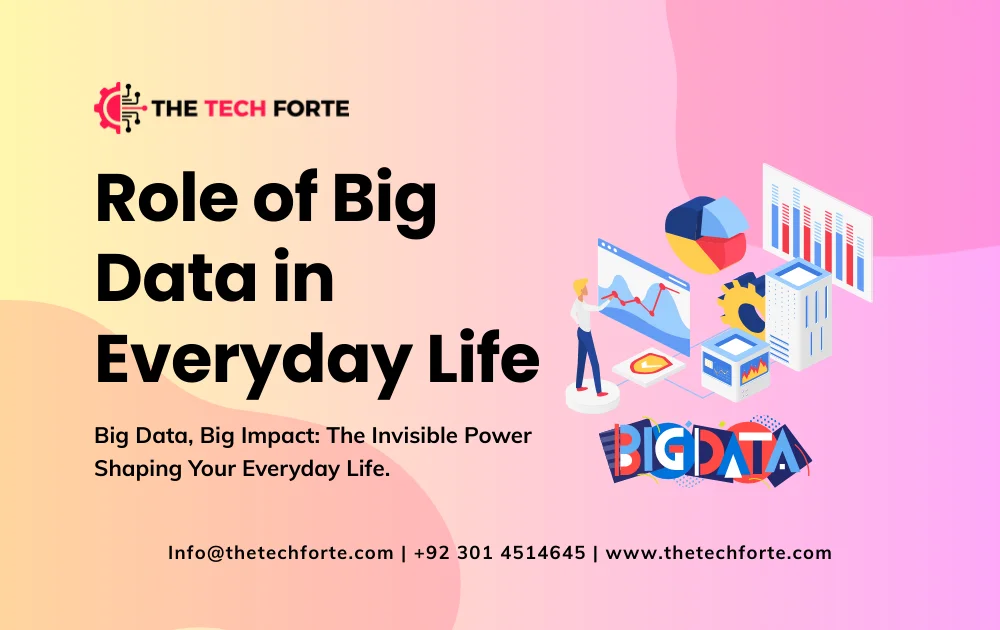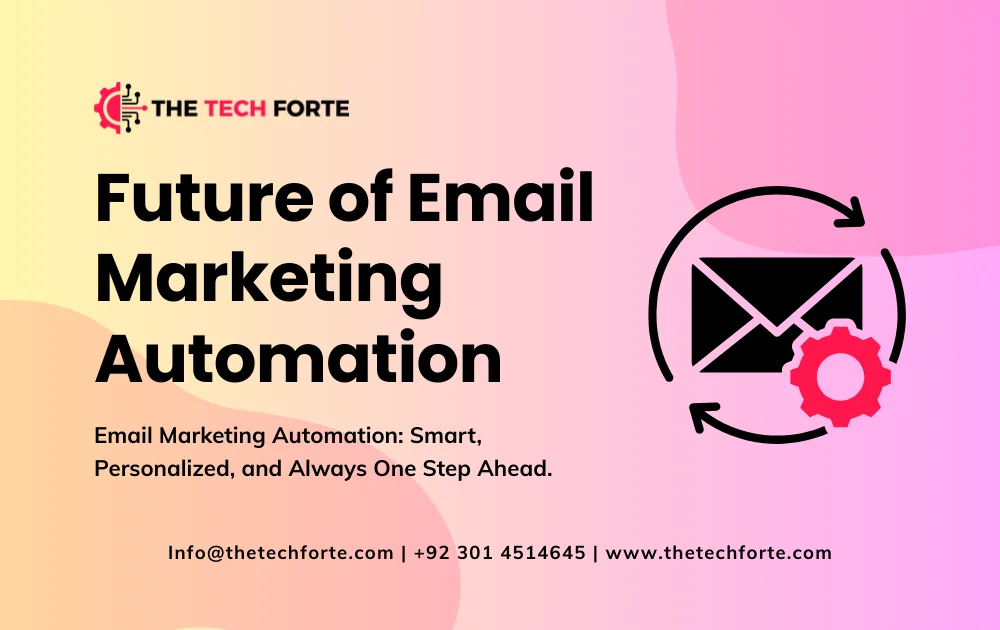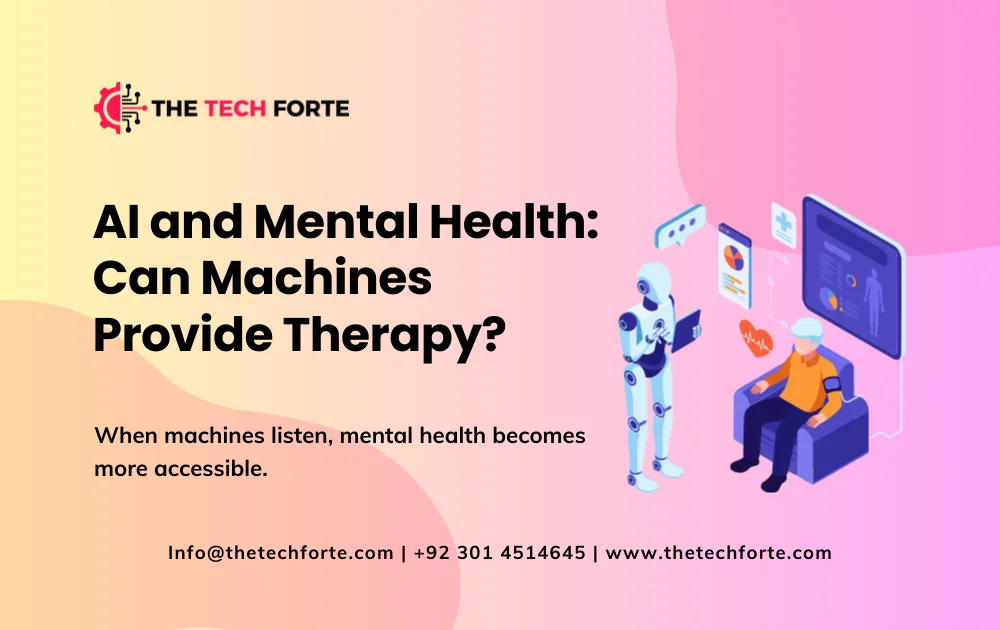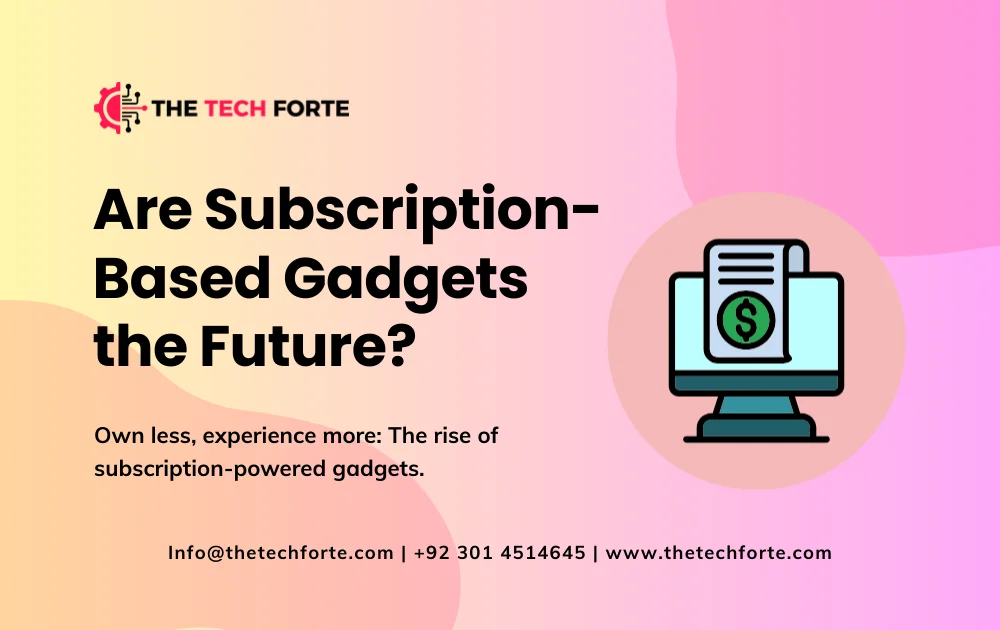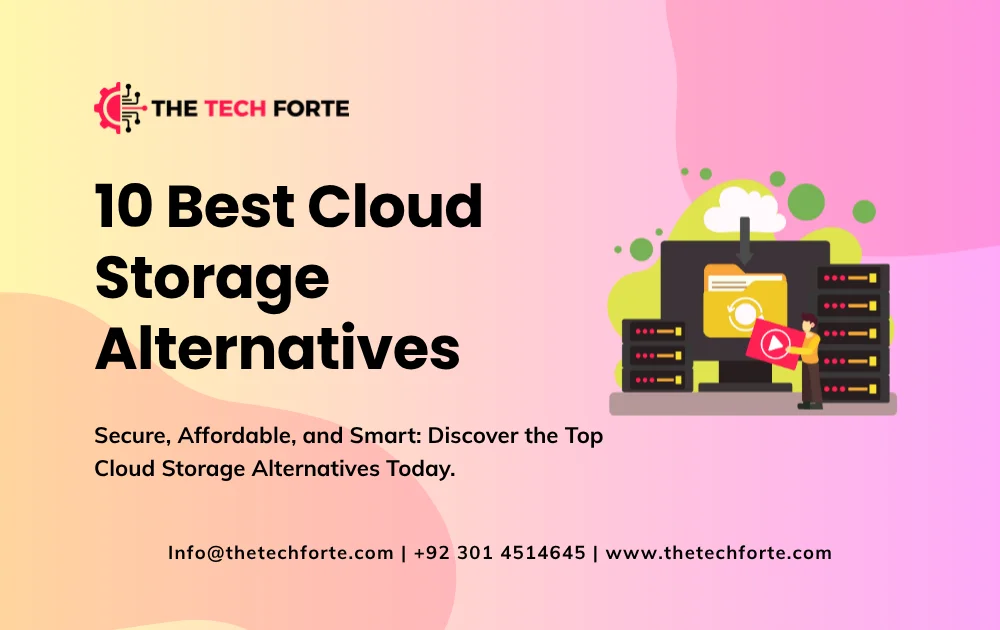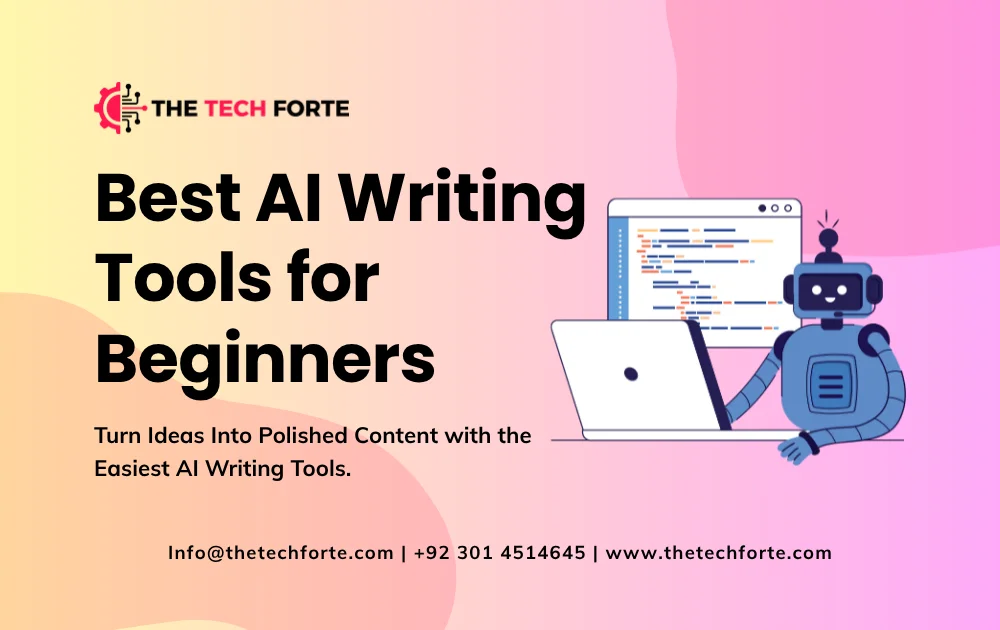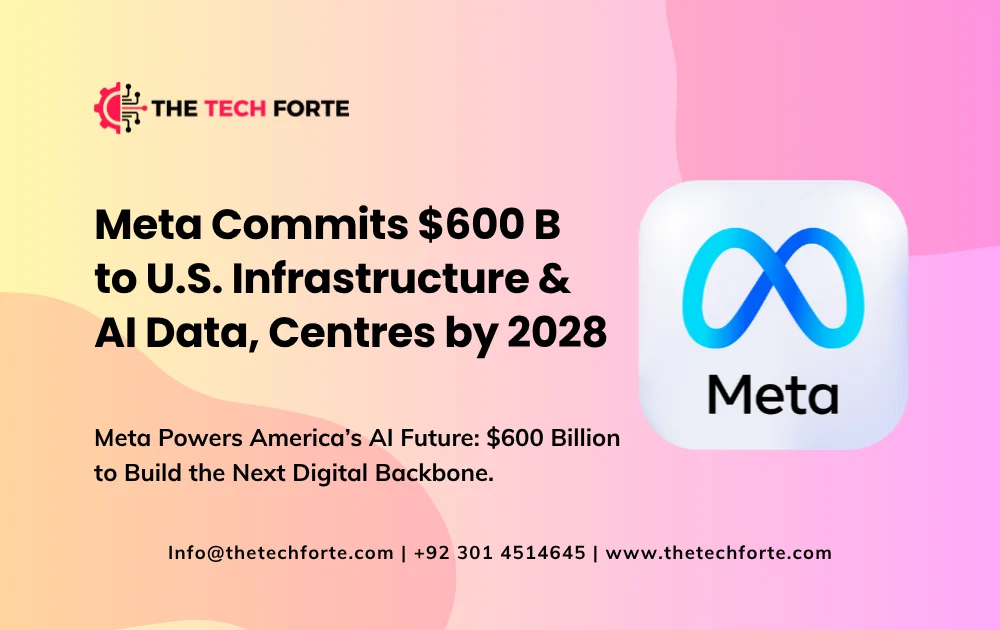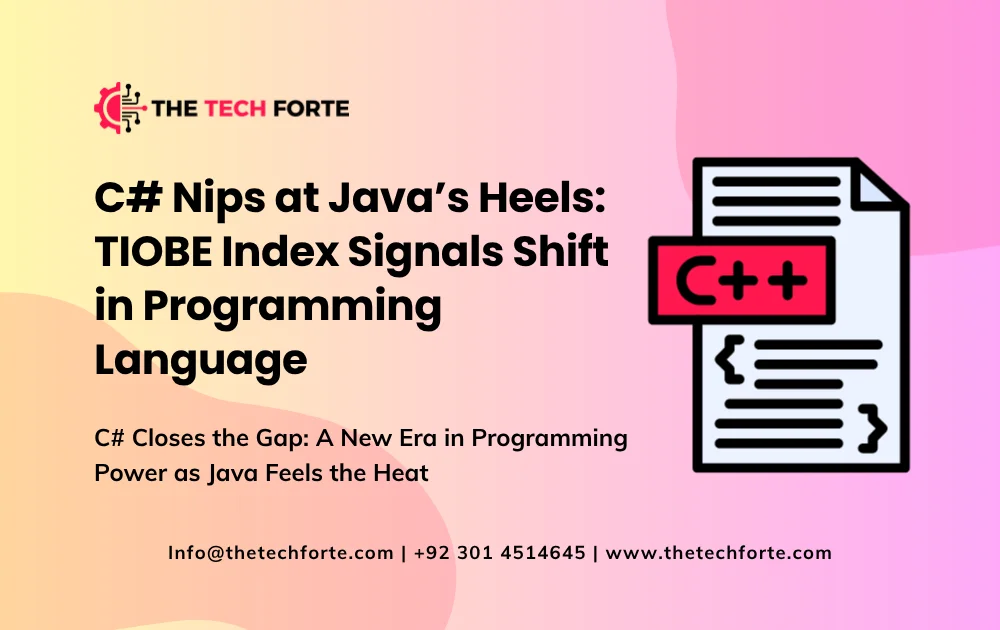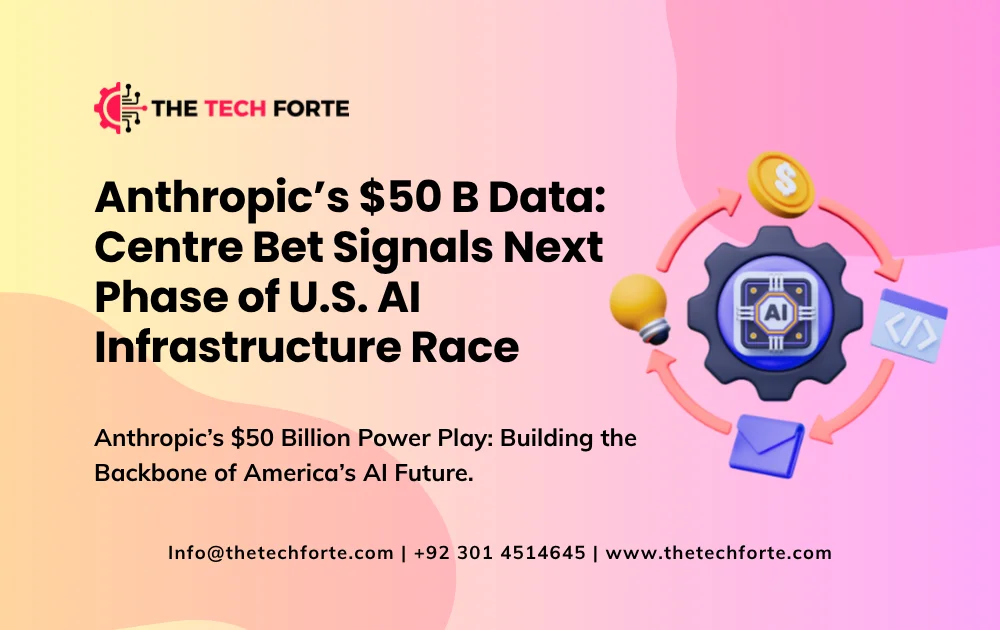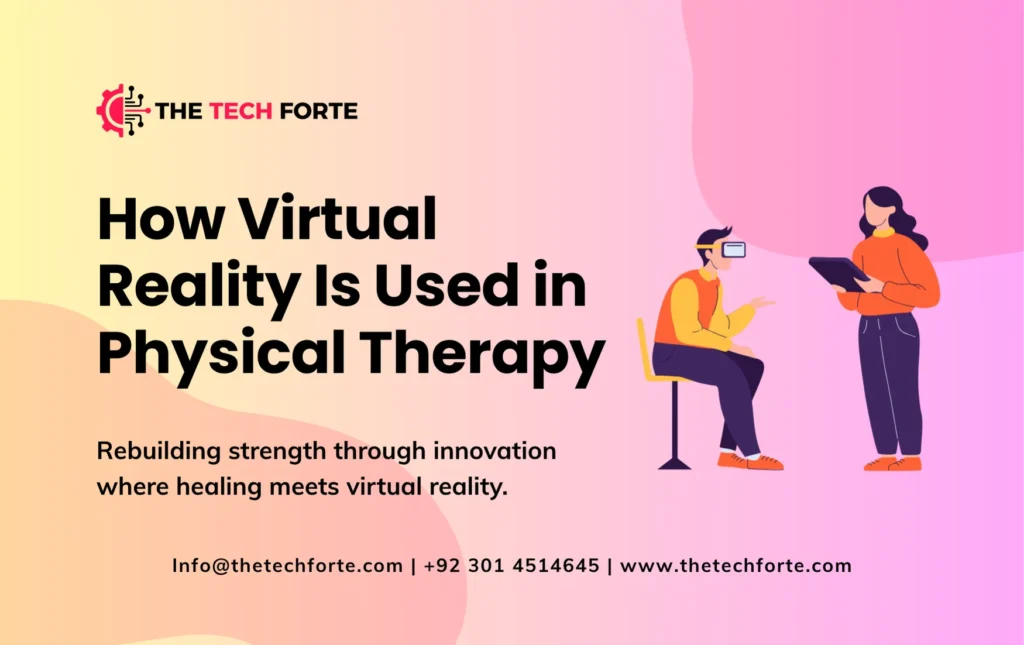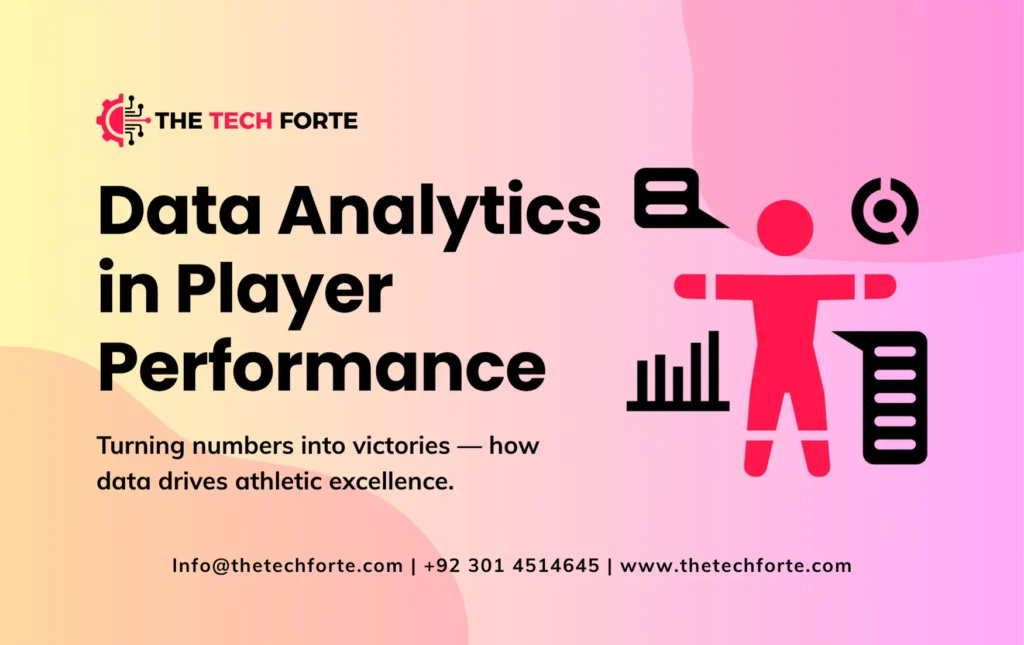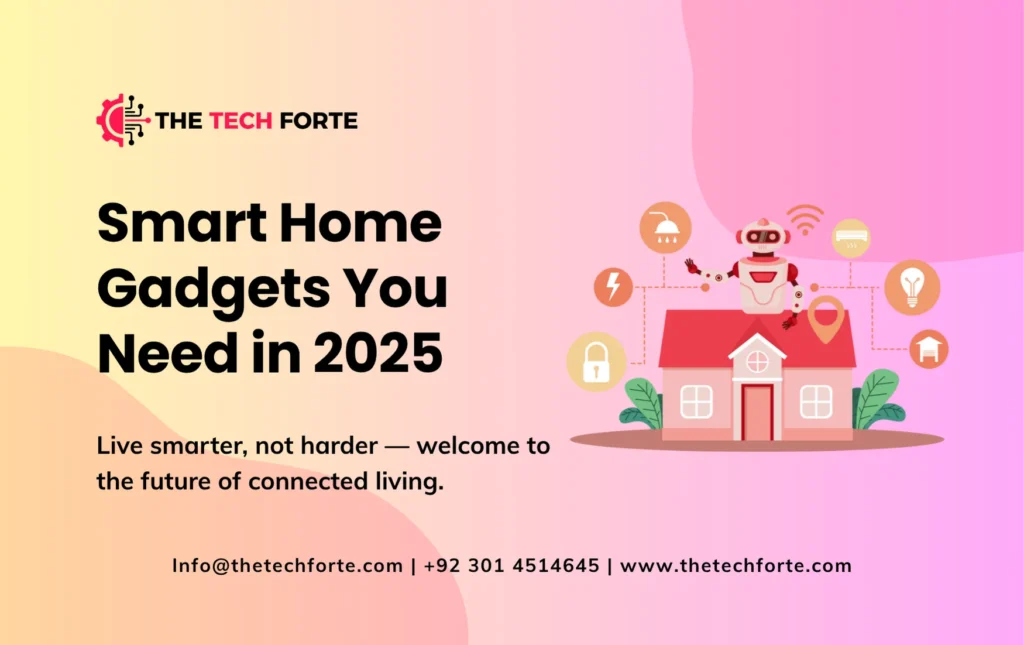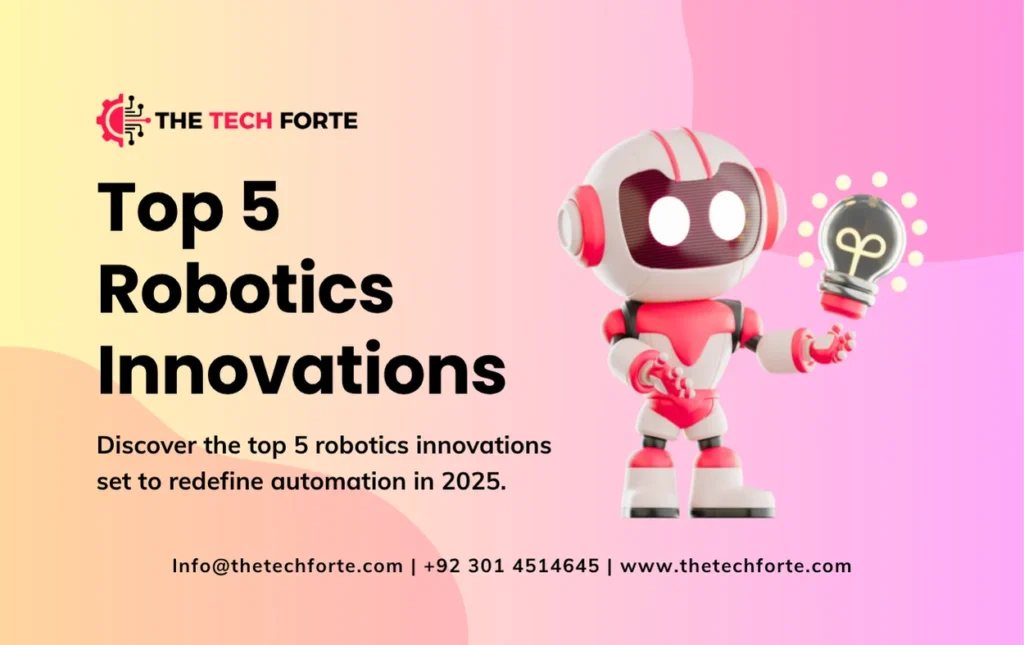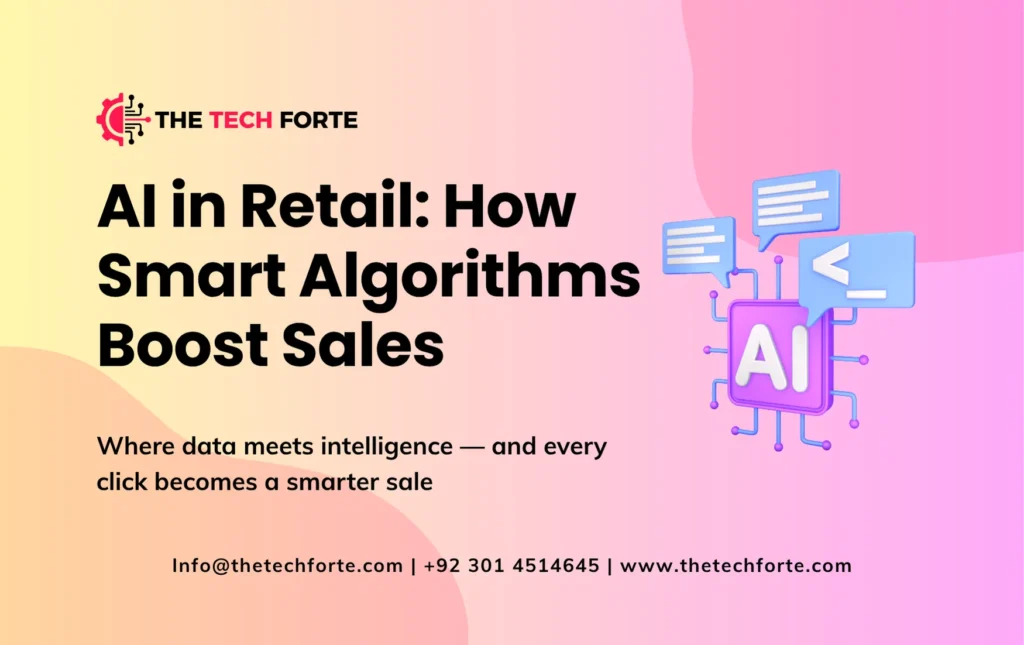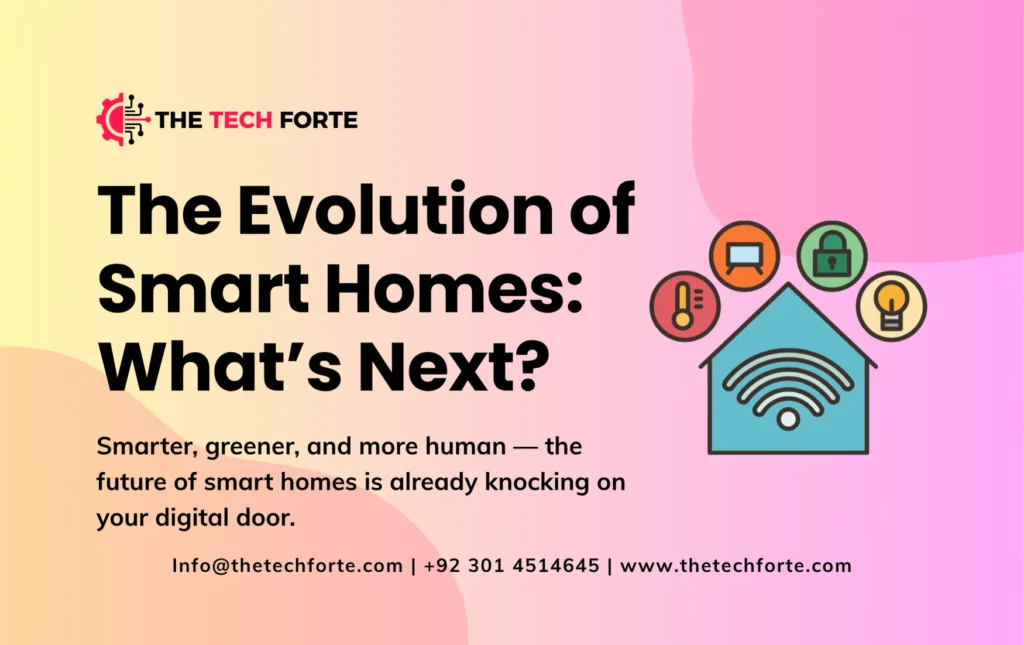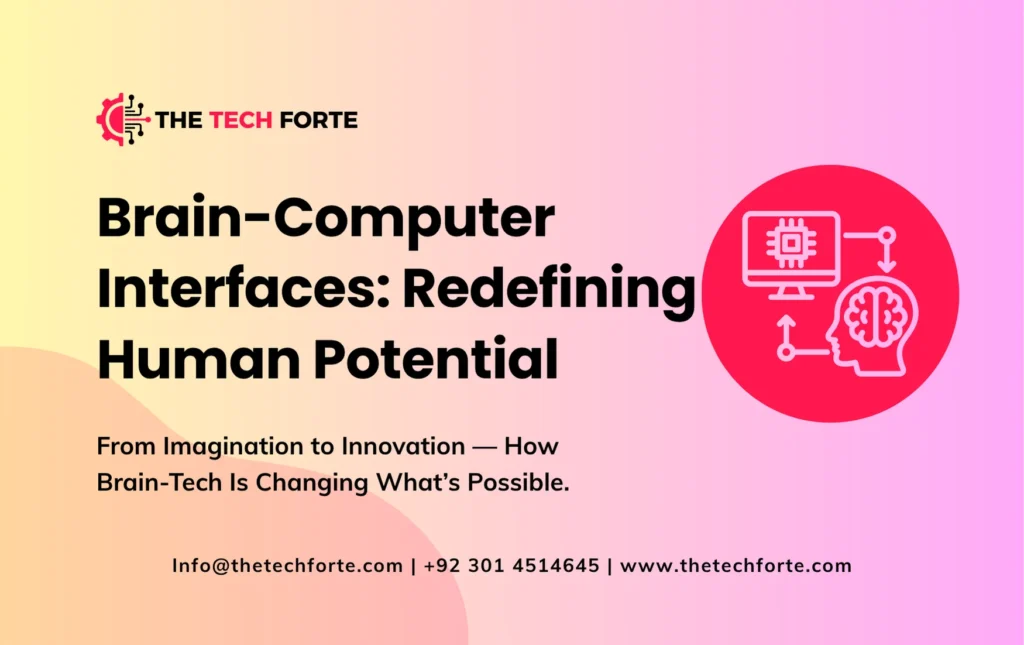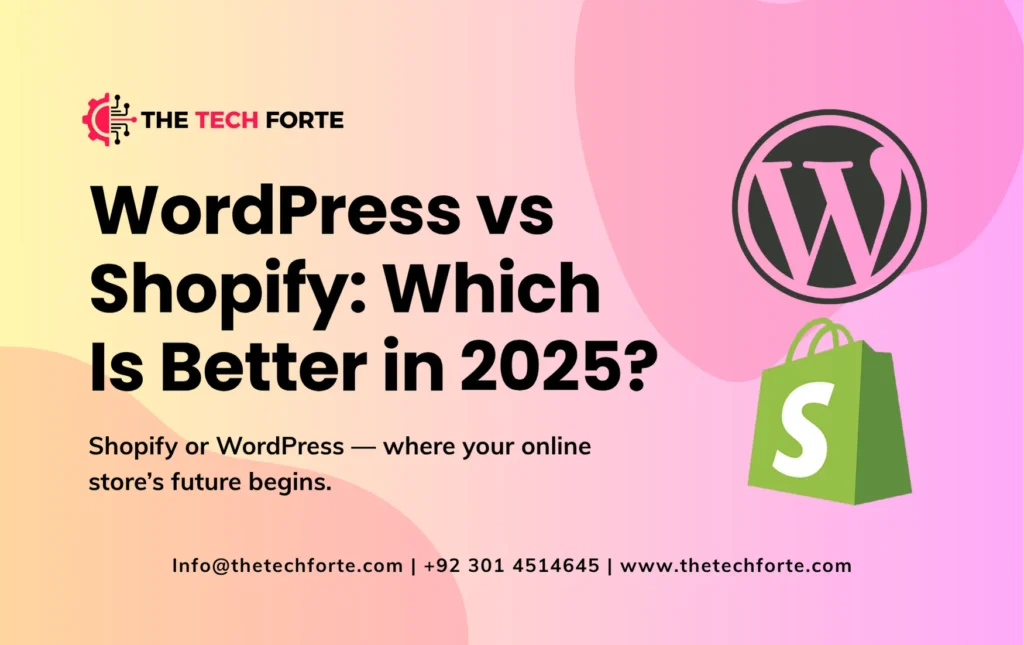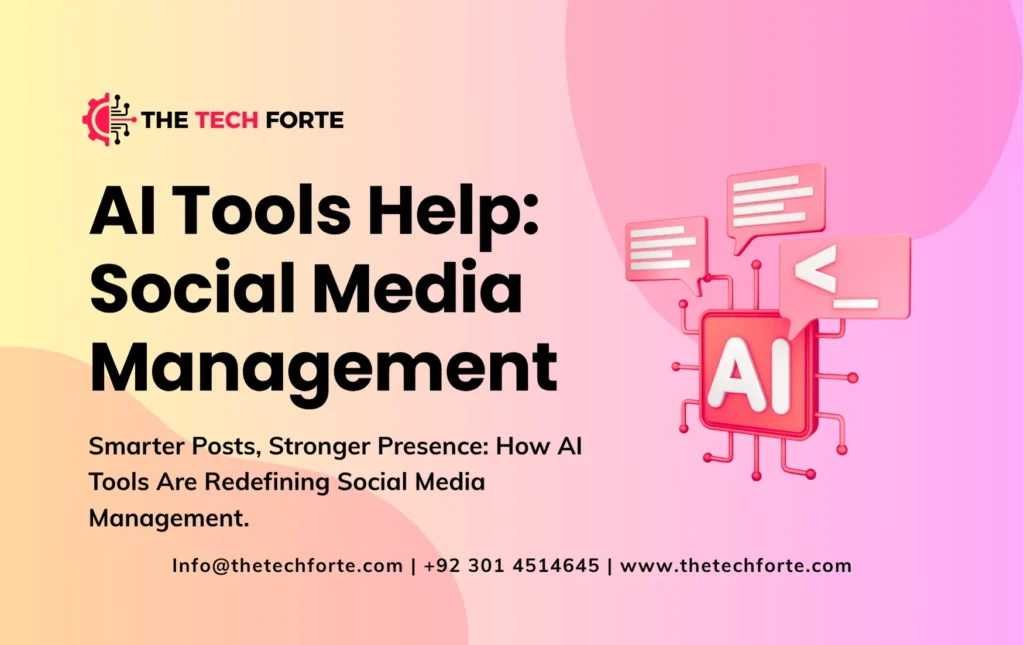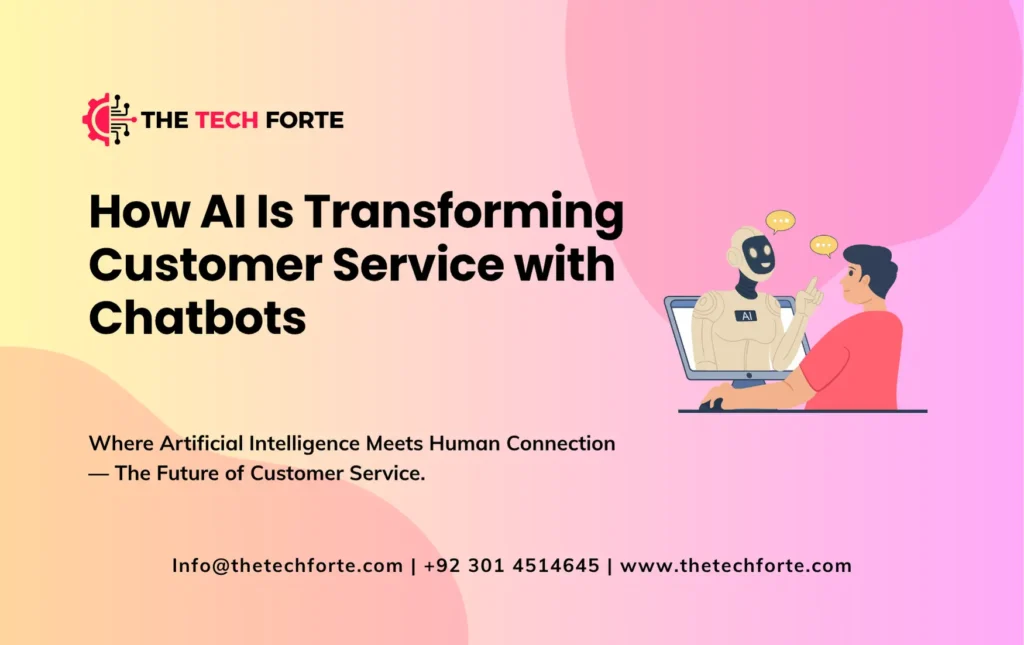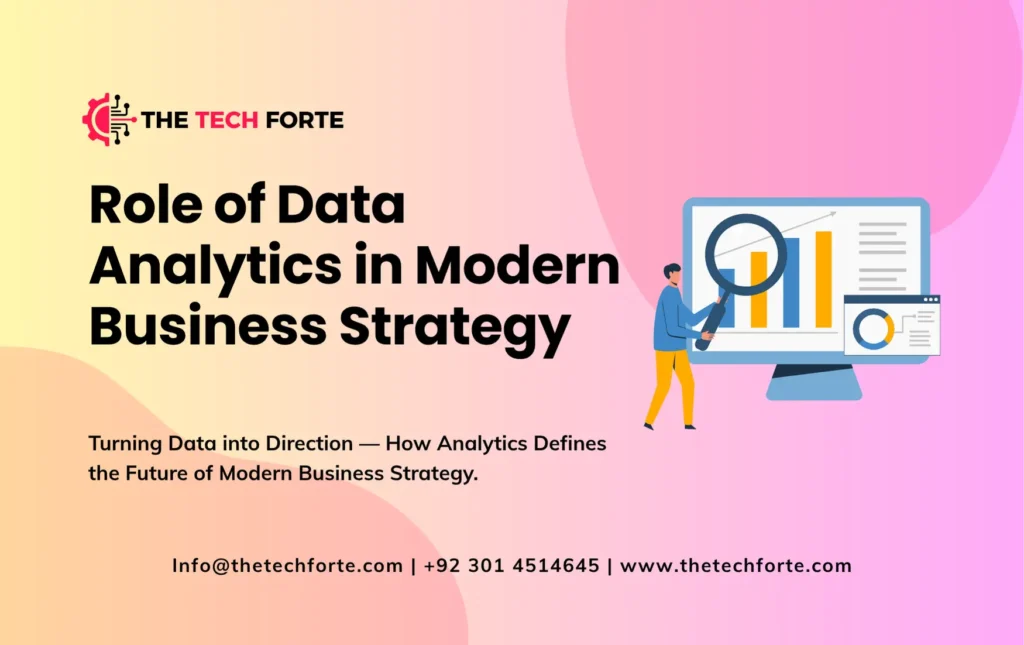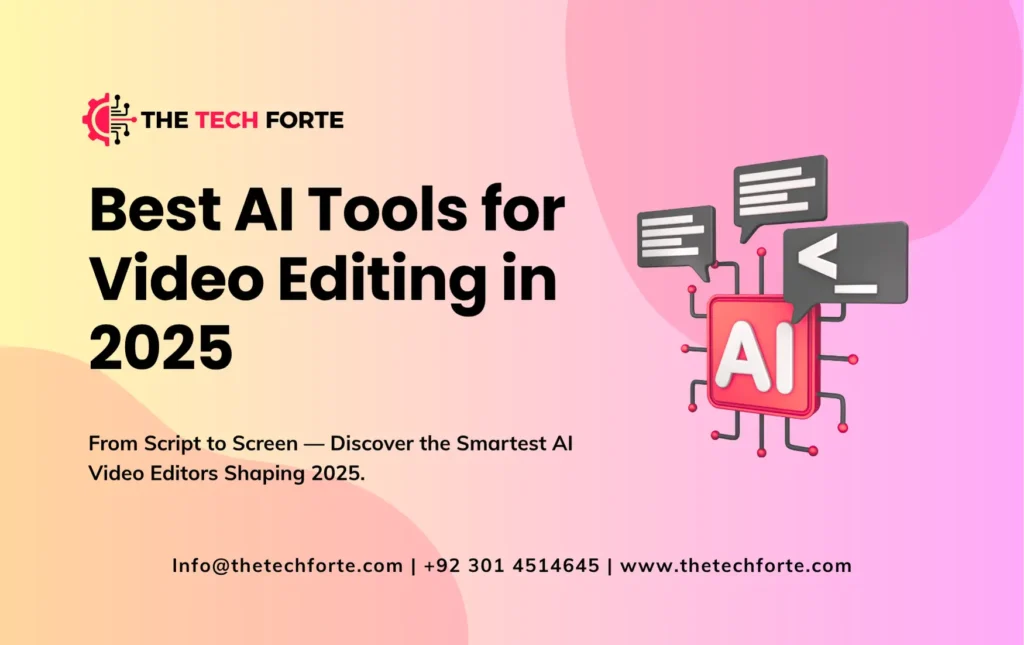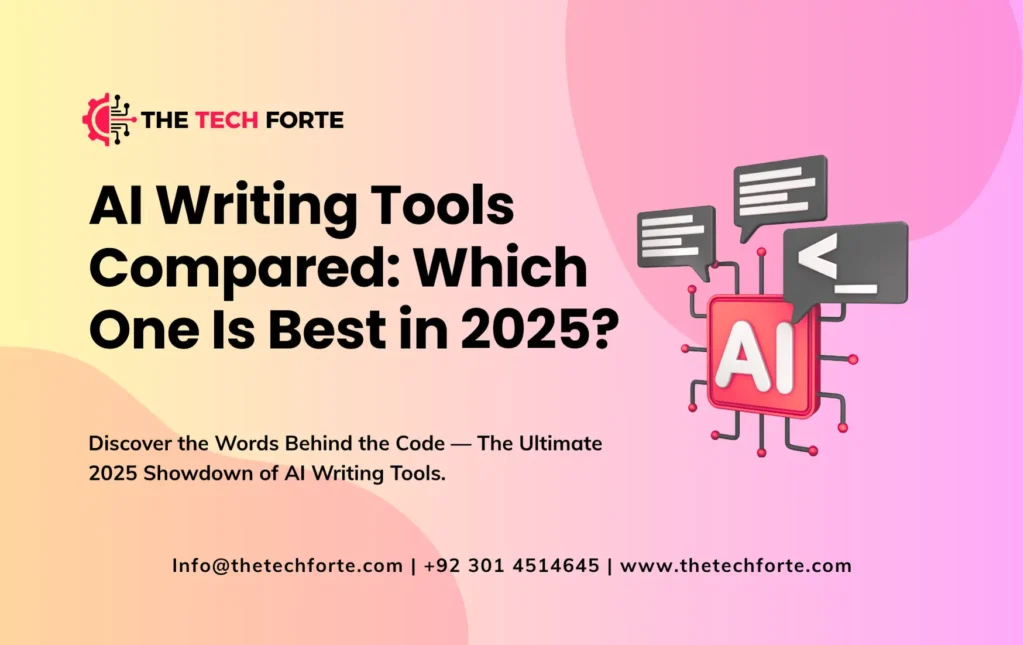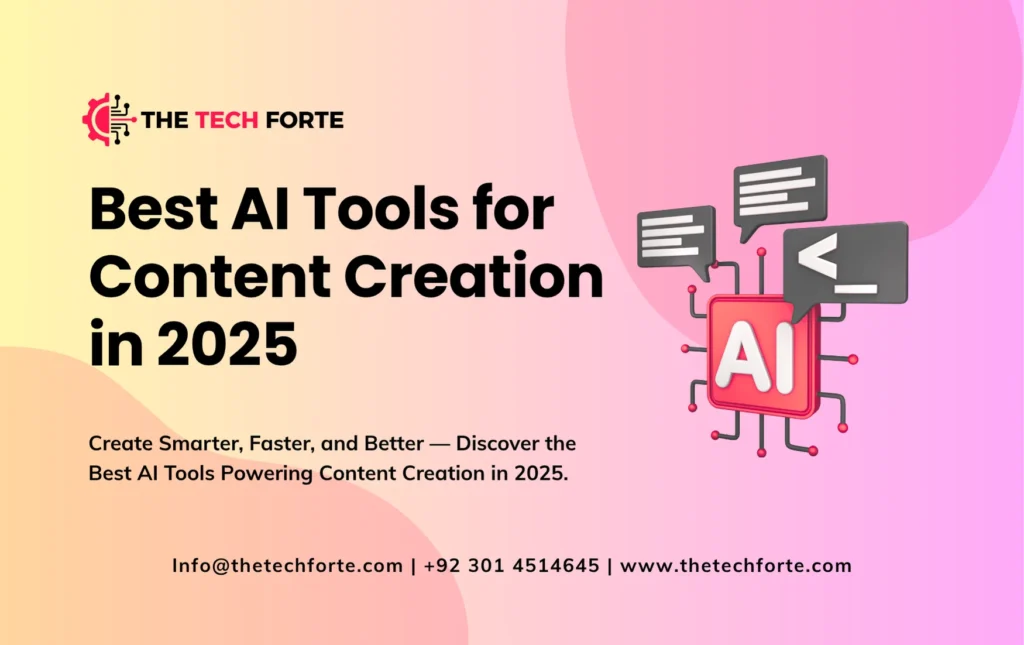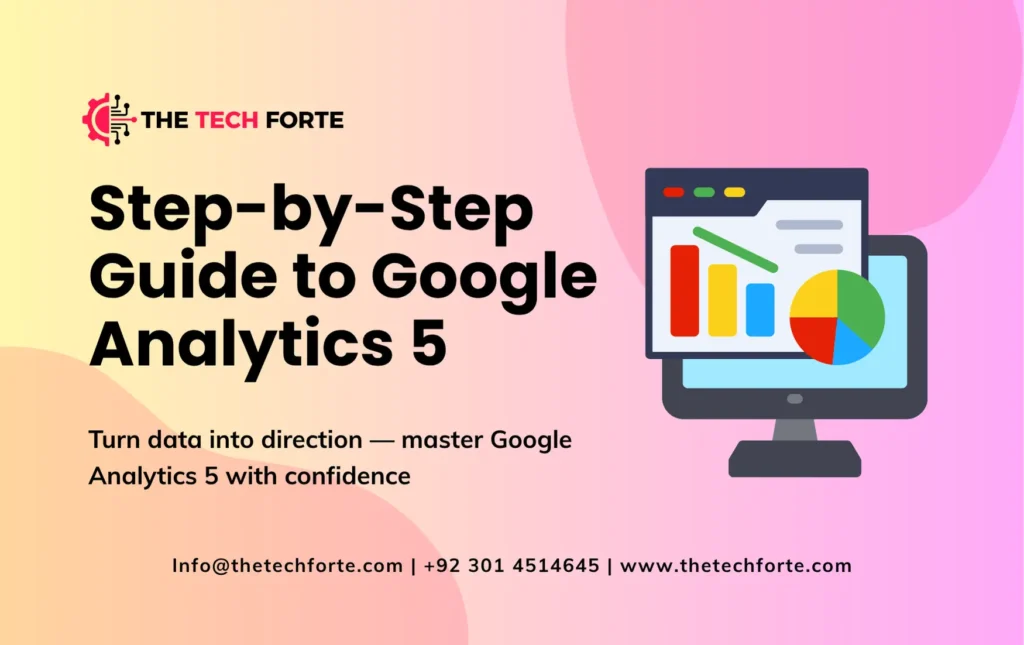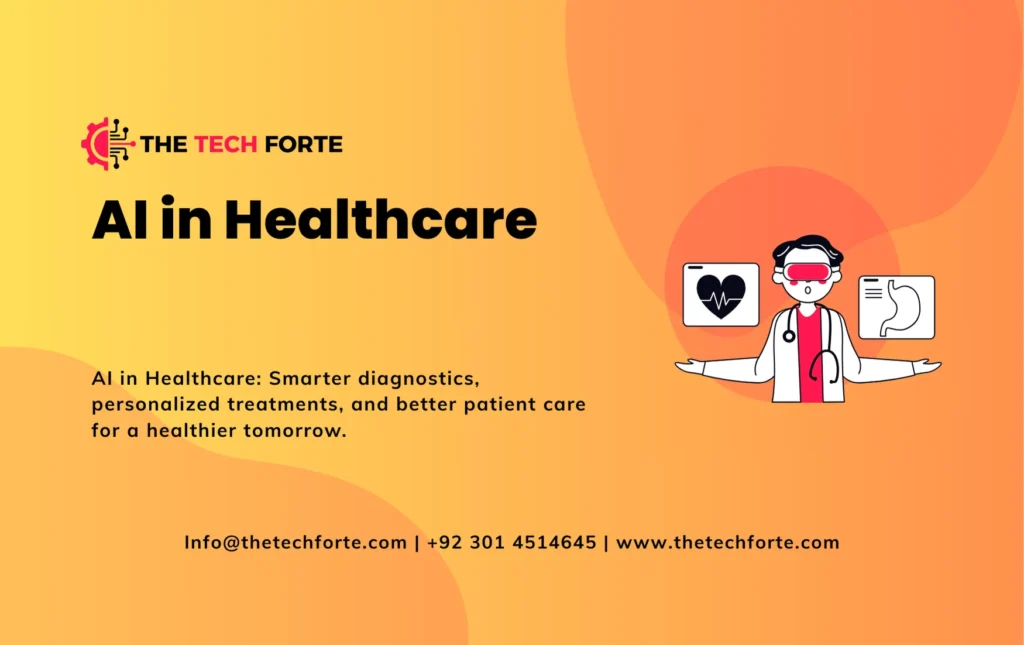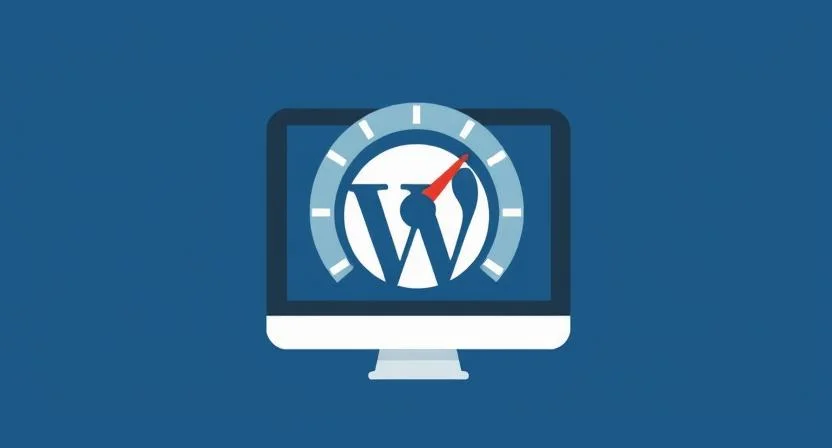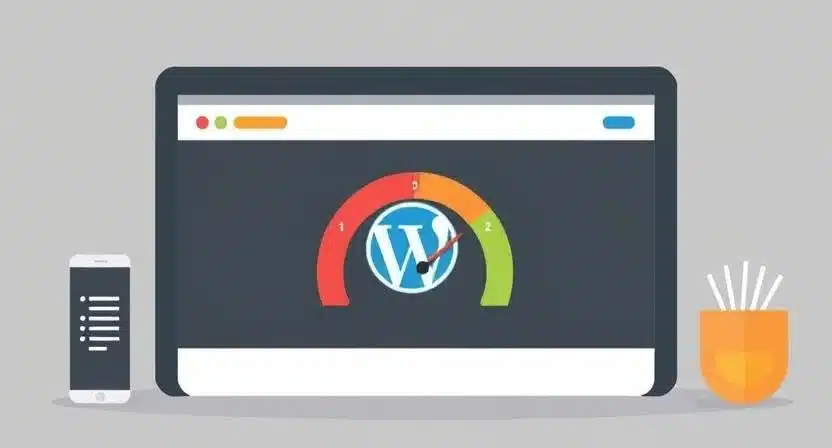The Role of Big Data in Everyday Life

How massive datasets, analytics, and architectures power healthcare, banking, retail, IoT, and the decisions we take every day
Big data is no longer an abstract corporate topic for data scientists. It powers the maps on your phone, the fraud alerts from your bank, the personalized offers that land in your inbox, the hospital systems that prioritize patients, and the internet-connected thermostat that saves energy in your home. In 2025, the role of big data is everywhere embedded inside applications, devices, and services that make everyday life faster, safer, and more personalized.
This long-form guide explains, at an expert level, what big data really is, how organizations build and operate reliable big-data capabilities, and where big data is changing things most dramatically: business, banking, healthcare, IoT, and retail (with predictive analytics). It also covers the people and roles, including the big data architect and the ethical, governance, and skills challenges that come with running systems at this scale.
What we mean by “big data”: practical definition, not hype
In practice, “big data” describes data systems and analytics that operate at a scale, speed, or complexity that traditional relational databases and simple analytics cannot handle. Three practical dimensions matter:
- Volume: billions of rows or petabytes of images, sensor logs, and video.
- Velocity: streams of events (clicks, telemetry, transaction logs) that arrive in real time.
- Variety: a mix of structured (transaction tables), semi-structured (JSON logs), and unstructured data (images, audio, free text).
Beyond the classic “3 Vs,” modern big-data work also requires governance and trust (so the data is compliant and auditable) and operationalization (so models become reliable, monitored services). Enterprise leaders now say big data is only useful when it reliably produces repeatable decisions and actions, not just dashboards. Recent industry summaries show how big data is being embedded into boardroom strategy and operations that convert data into measurable outcomes.
How big data works: a practical pipeline view
At an engineer’s level, a typical modern big-data architecture follows these stages:
- Ingestion: Collect event streams and batch files from apps, sensors, POS, mobile, and third-party feeds (Kafka, IoT gateways, API connectors).
- Landing & storage: Raw data lands in cheap, immutable storage (data lake on object stores like S3 or cloud buckets).
- Processing & enrichment: ETL/ELT jobs and stream processors (Spark, Flink, DBT, Beam) clean, normalize, and enrich events with reference data.
- Serving & indexing: Curated datasets are loaded into warehouses (BigQuery, Snowflake), time series stores, search indexes, or feature stores for ML.
- Analytics & ML: Business analytics, dashboards, and machine-learning models run on curated features.
- Operationalization & monitoring: Models become services (APIs), and observability systems track performance, drift, and bias.
This pipeline is the technical backbone that turns raw sensor noise and logs into reliable insights and predictions. The big data architect is the role that designs and governs this pipeline, deciding where to store raw events, how to make data discoverable, and how to keep latency, cost, and compliance balanced. Good architects ensure the pipeline is modular (so teams can move fast) and governed (so data lineage, privacy, and audit trails exist). Failure to design for operability is the single largest cause of expensive “analytics tech debt.”
Everyday examples: five ways big data shows up in your life
Personalized shopping and recommendations
Every product recommendation you see online is likely the output of big-data feature engineering and scoring: real-time event streams (views, clicks, purchases), product catalogs, and models that blend short-term session intent with long-term preferences. Retailers use big data and predictive analytics to decide what to show and when, from homepage carousels to cart recoveries, driving conversion lifts and measurable ROI. The academic literature and industry case studies both highlight the central role of predictive models in modern retail decision-making.
Banking: fraud detection, credit scoring, and real-time servicing
Banks monitor millions of transactions to detect fraud patterns, combining transaction telemetry, device signals, network intelligence, and identity data. Big data enables near-real-time scoring models that flag suspicious transfers or unusual login patterns and trigger human review or automated holds. Beyond fraud, banks use advanced analytics for dynamic credit scoring, personalized offers, and regulatory reporting; projects that consolidate customer data into a single platform (as seen with major bank data modernization efforts) shorten detection windows from days to hours. This is a core example of the role of big data in banking; it supports risk controls and customer experience simultaneously.
Healthcare: predictive care and operations
Healthcare generates vast, sensitive datasets: EHRs, imaging, genomics, and device telemetry. Big data analytics enable early detection of sepsis, readmission risk scoring, operational capacity optimization (beds, OR schedules), and population-level surveillance for outbreaks. Research and reviews show big data can improve diagnostics and reduce costs when used correctly, though it carries acute privacy and interoperability challenges. Hospitals combine streaming vitals from monitoring devices with historical records to create real-time risk scores that prompt clinicians. This is the role of big data in healthcare at its most mission-critical.
Smart cities and IoT: sensors making cities responsive
Traffic cameras, environmental sensors, public transit telemetry, and meter readings produce continuous data. City planners and operators use big data to optimize traffic lights, reduce energy usage, and manage waste collection timetables. On the consumer side, your smart thermostat or wearable generates telemetry that, aggregated, helps utilities predict demand peaks or spot failing equipment. This demonstrates the intertwined role of big data in IoT: sensors create volume and velocity; big data techniques extract signals that translate into cost savings and improved service levels.
Media, advertising, and content personalization
Streaming services and social platforms analyze millions of hours of engagement to personalize feeds, optimize quality, and decide what content to license or promote. Advertisers rely on big-data audience segments to target campaigns and measure attribution. This continuous feedback loop engagement informs recommendations, which change engagement to create powerful, data-driven content economies.
Industry deep dives: how big data changes specific sectors
The role of big data in business (strategy & operations)
Across industries, big data amplifies two activities: decision automation (let models decide price, credit, and routing) and strategic insight (long-term product, supply chain, and market strategy). Companies that pair a strong data platform with domain expertise convert descriptive analytics into prescriptive processes, automated steps that reduce cycle time and human error. The shift from “reports” to “real-time decision services” is the differentiator between leaders and laggards. Recent industry pieces emphasize how big-data maturity is increasingly correlated with revenue growth and innovation capability.
The role of big data in banking (risk, fraud, personalization)
Banks treat data as both an asset and a risk. Use cases include:
- Fraud detection: streaming analytics detect anomalous patterns and block or flag transactions.
- Credit risk: alternative signals (transaction flows, phone behavior) improve scoring for underbanked customers.
- Regulatory compliance: automated reporting reduces manual reconciliation.
Large banks are consolidating legacy systems into cloud data platforms to enable faster detection and more accurate models for both operational risk and customer engagement, showing the concrete advantage of modern big-data investments.
The role of big data in healthcare (diagnosis, population health, R&D)
Healthcare’s value lies in using big data for:
- Patient triage and risk stratification (who needs intervention now?).
- Operational efficiency (predicting patient flow to optimize staffing).
- Drug discovery and genomics (analyzing massive sequencing datasets and trial outcomes).
Scholarly reviews and major health organizations highlight that successful projects combine clinical workflows, validated models, and strong governance; otherwise, models risk being irrelevant or unsafe.
The role of big data and predictive analytics in retailing
Retailers use big data for assortment optimization, dynamic pricing, demand sensing, and customer lifetime value (CLV) modeling. Predictive analytics helps forecast demand at the SKU-store level and reduces overstocks and stockouts, delivering both cost savings and higher service levels. Academic papers show five key retail data dimensions: customer, product, time, location, and channel that determine predictive performance. Integrating these into a single forecasting engine is now a core capability for competitive retailing.
The role of big data in IoT (edge analytics, reliability)
IoT devices produce the raw telemetry that feeds predictive maintenance, anomaly detection, and behavioral personalization. Big data enables near-real-time detection of equipment degradation, allowing maintenance teams to act before failure, saving millions in industrial contexts. Combining edge processing (pre-filtering at the device) with centralized analytics reduces bandwidth and latency and is a best practice for large IoT deployments.
Who builds these systems? Key roles and the “big data architect.”
The growth of big data created new professional roles. Common ones include:
- Data engineer: builds ingestion, ETL pipelines, and data warehouses.
- Data scientist / ML engineer: develops models and validation pipelines.
- MLOps / Data platform engineer: operationalizes models as services.
- Data product manager: prioritizes analytics features based on user value.
- Big data architect: designs the overall data landscape storage choices, latency SLAs, governance, and lineage.
The big data architect is crucial: they translate business requirements into a scalable, secure architecture that balances cost, latency, and compliance. Architects also design feature stores, streaming topologies, and disaster recovery, ensuring analytics are available where and when the business needs them. Without strong architecture, models fail to scale or deliver reliable predictions in production.
Governance, privacy, and ethical considerations, the unavoidable tradeoffs
As big data influences more decisions that affect people, credit offers, medical triage, policing, and governance matters. Practical governance includes:
- Data lineage & provenance: who produced a dataset, and how was it transformed?
- Access controls & encryption: least privilege and strong key management.
- Model explainability & fairness testing: routine checks for bias and disparate impact.
- Retention policies: what raw data must be deleted to comply with local laws (GDPR, HIPAA patterns)?
- Incident response: plan for breaches of sensitive datasets (patient records, financial transfers).
Ethical lapses have consequences: misapplied models can worsen inequality (e.g., biased scoring) or erode trust (hidden surveillance). The academic and industry literature stresses that organizations must treat governance as an enabler, not merely a compliance checkbox, if they want sustainable data value.
Operational challenges and how companies overcome them
Big-data projects commonly fail for operational reasons, not technical ones. Key challenges and mitigations include:
- Data quality & integration: Establish data contracts, automated validation, and SLOs on freshness.
- Talent shortage: Upskill engineers with domain training; use low-code pipelines to democratize ingestion.
- Cost control: Use lifecycle policies (cold vs hot storage), and tiered compute for batch vs streaming workloads.
- Model drift & monitoring: Put model performance monitors and retraining pipelines in place (ML observability).
- Vendor lock-in & portability: Prefer open standards, containerized components, and multi-cloud abstractions.
Companies that succeed make reproducibility, monitoring, and cost controls first-class features. Adopting feature stores, CI/CD for data pipelines, and observability tools for both data and model behavior is now mainstream best practice.
Measuring value: KPIs that matter for big-data programs
Boards and executives measure data programs in business terms:
- Revenue uplift from personalization or pricing models.
- Cost savings from predictive maintenance or supply chain optimization.
- Time reduction from automating manual reporting or decision processes.
- Risk reduction is measured by fraud prevention or MTTR improvement.
- Model ROI: net benefit of a deployed model after ongoing operating costs.
Shifting focus from “models built” to “decisions automated and value delivered” is the cultural shift that separates pilots from enterprise transformation.
The future: trends shaping big data over the next 3–5 years
Convergence of Big Data and Generative AI
Large language models and generative systems will consume and produce structured data, enabling natural-language queries over data lakes and automated insight generation. This will change how analysts interact with data (more conversational interfaces) and accelerate insight cycles.
Federated learning and privacy-preserving analytics
For regulated domains, federated learning and homomorphic encryption allow model training across decentralized data without exposing raw records important for healthcare and cross-bank collaborations.
Edge analytics and hybrid architectures
More inference will move to the edge (IoT devices, gateways) to reduce latency and bandwidth. Hybrid architectures will balance central model training with local, real-time inference.
AutoML and model governance tooling
AutoML will lower entry barriers, but governance tooling (explainability, lineage) must keep pace to ensure automated pipelines remain auditable.
Data meshes and domain-oriented ownership
Organizationally, data mesh patterns (domain teams owning datasets as products) will continue to spread if teams invest in product thinking, discoverability, and SLAs.
These trends mean the role of big data architect will remain strategic, designing hybrid, privacy-aware systems that deliver predictions where they matter.
Practical checklist for organizations starting (or improving) their big data journey
- Start with a clear business use case (e.g., reduce fraud, improve bed turnover): don’t start with tech.
- Design a minimum viable data pipeline: ingest, store raw, create curated datasets, serve an API.
- Hire or train a big data architect to map long-term needs and avoid tech debt.
- Adopt automated testing and monitoring for data quality and model drift.
- Invest in data governance early: privacy, lineage, and retention save costly rework.
- Measure business KPIs (revenue, cost, risk), not only technical metrics.
- Scale plan: use cloud-native, containerized services and modular components.
Following these steps turns big-data experiments into repeatable business capabilities.
Conclusion: Big data as everyday infrastructure, not an optional luxury
Big data is now an invisible infrastructure that powers the decisions, big and small, in everyday life. From the role of big data in banking for fraud detection to its role in healthcare for proactive care, to IoT systems that keep cities efficient and factories productive, the practical effect is the same: better, faster, and more personalized decisions. But the value is fragile. Without solid architecture, governance, and a focus on operationalization, big data projects fail to deliver.
For leaders, the imperative is clear: invest in people (engineers, data scientists, big data architects), processes (governance, SLAs, monitoring), and platforms (scalable lakes/warehouses and operational ML). Those investments create a virtuous cycle of clean, governed data feeds reliable models that create business value, which funds further data maturity and innovation.



